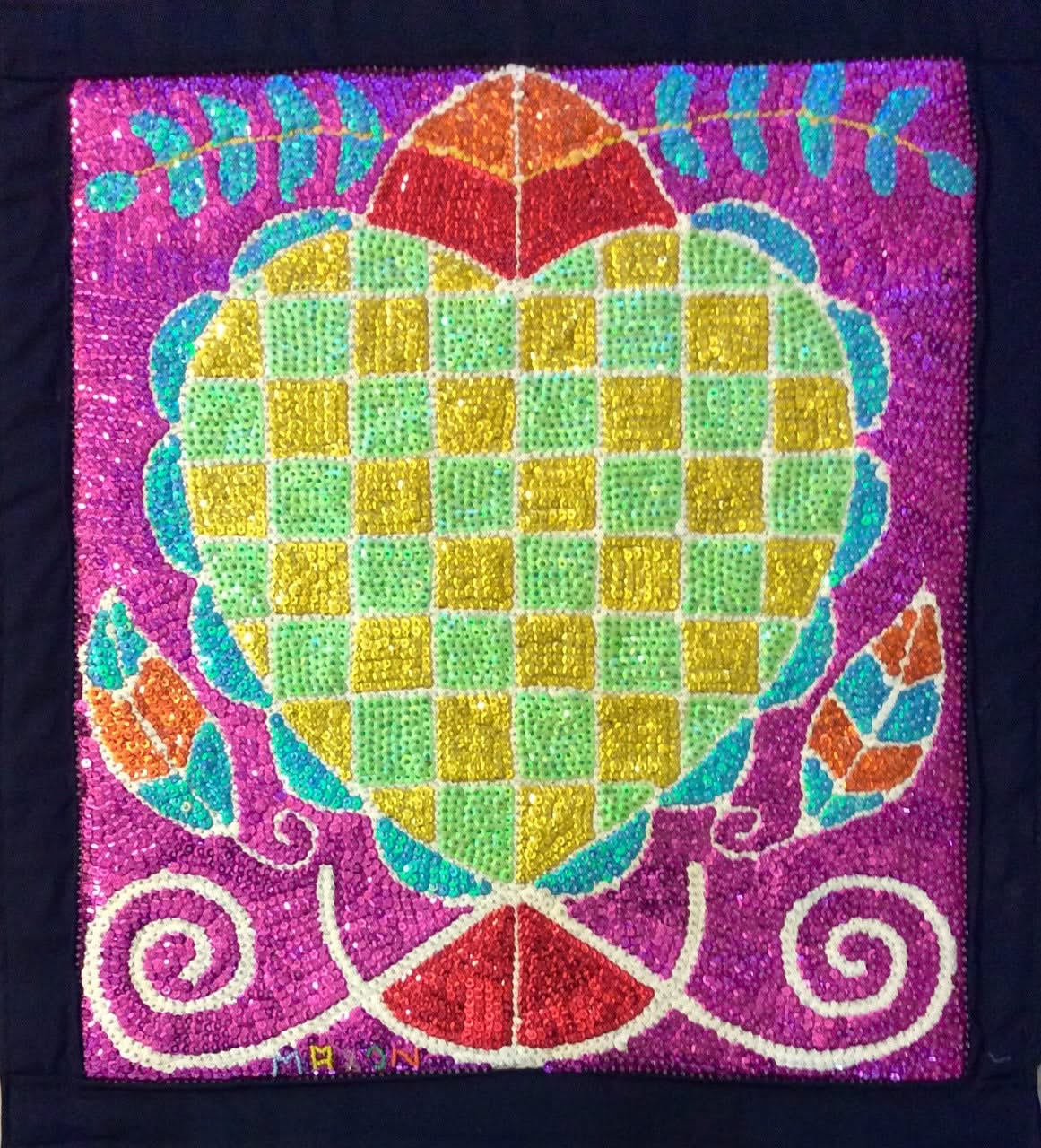Maxon Scylla 27"x24" Erzulie Dantor 2017 Sequined and Beaded Voodoo Flag on Satin #12MFN
Maxon Scylla 27"x24" Erzulie Dantor 2017 Sequined and Beaded Voodoo Flag on Satin #12MFN
Couldn't load pickup availability
Description
Description
About this artist
About this artist
Erzulie Dantòr is the Queen of the Petro nation and the mother of "Ti Jean Petro", she is often depicted as a fearsome black woman, protectively holding "Ti Jean Petro" in her arms. She is a particularly fierce protector of women, children and the neglects of society. She is the Lwa Pwen, in contrast with Èrzuli Freda who will bless you with material riches, Èrzulie Dantòr will give you the Spiritual Knowledge needed to navigate through this material reality. Èrzulie Dantòr's wealth lasts and can be passed on from one generation to another, whereas Èrzuli Freda, in any of her jealous fits, can deprive overnight of the gains she helped you to achieve. She was copied as the Black Madonna of Częstochowa, as she is represented as being dark-skinned with two scars on her face. Her colours are red, black and blue. Her favourite sacrifices include black pigs, griot (seasoned fried pork), blood (seven stabs of the sword), and rum. Ti Jean Petro is her son and Jean Petro is her lover or husband.
A "drapo" Vodou is a handmade flag, typically embroidered and decorated with beads and sequins. Although flags may have been made in West Africa before the arrival of Europeans, the flags widely used there by 1600 were derived from European flags. They were used as symbols of ethnic, military or religious allegiance. The drapo Vodou also drew on Yoruba beadwork, Catholic vestments and Masonic aprons. In the 19th century and early 20th century most drapo Vodou were made from one or two colored fabric pieces decorated with embroidery, metal bangles and glass beads, with an image of the lwa made of shiny fabrics appliquéd to the cloth using techniques still followed in West Africa. Flags and banners used in the 21st century in rural areas often still have stylistically simple designs, in part due to the high cost of decorative material. With the older flags the background field that frames the image was usually decorated with widely spaced sequins or beads. Modern flag makers often completely cover the fabric of the field with sparkling sequins of one color, or with intricate geometrical patterns. Borders, which were either simple or did not exist on early drapo Vodou, have evolved into highly elaborate patterns. Nowadays, ateliers are dedicated to this art craft have opened creating a vibrant market for the flags. Thousands of glimmering sequins are individually sewn by hand making this a tedious and fine task.










